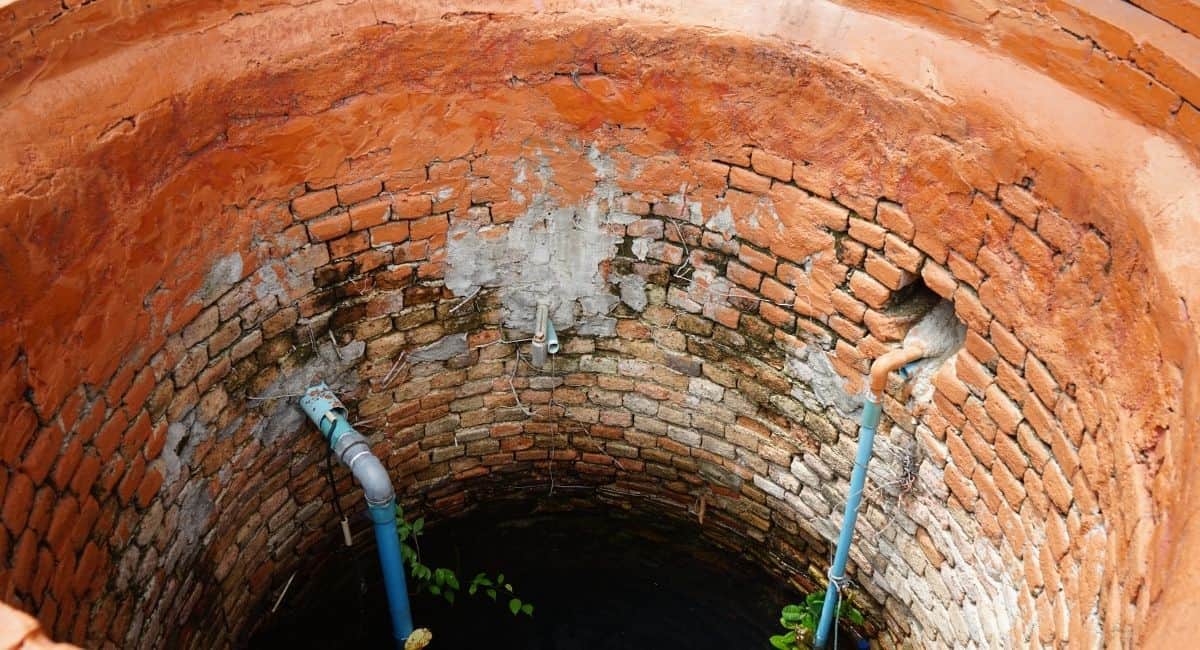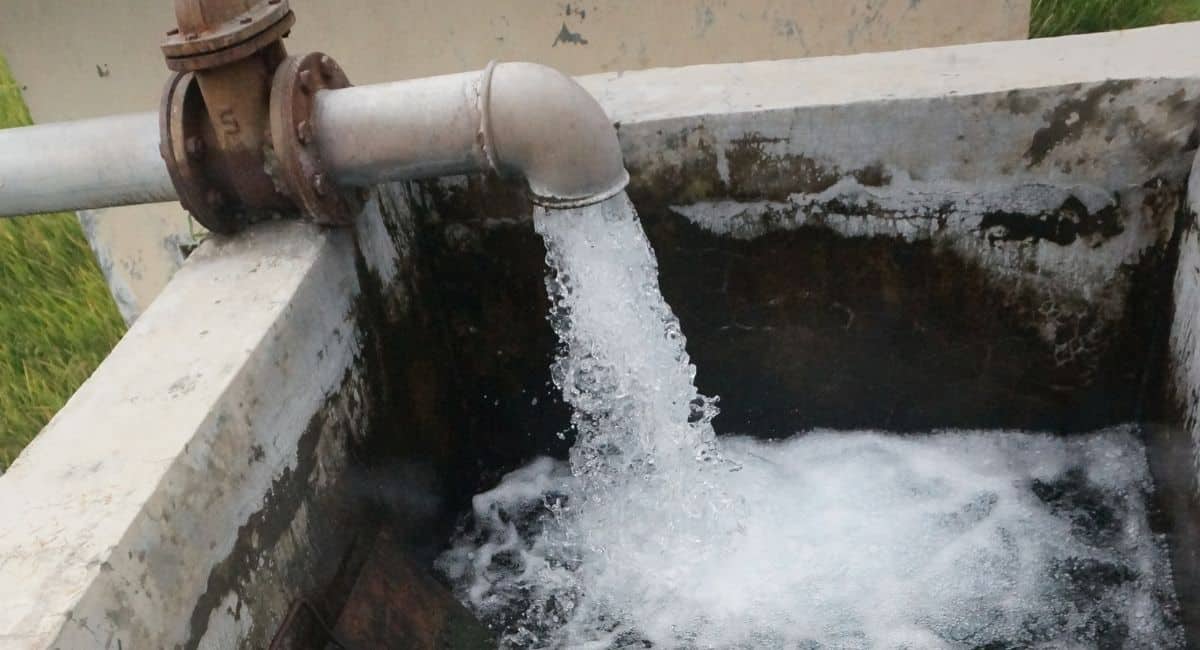We like to share product recommendations with you and hope you like them! Just to make you aware Water Filter Data may collect a small share of sales or other compensation from the links on this page.
Have you ever experienced low water pressure at your house? Low water pressure is defined as a poor or decreased flow of water when it departs any household device such as a faucet, shower head, or hose.
Water pressure is a measure of pressure in pounds per square inch that is generated within the pipe system and out of the valves.
If you just moved from the city, where water pressure is normally 60 psi, you might be shocked to discover a decline in water pressure in your new rural residence.
But, don’t worry! In order to boost the pressure of the well water, you just have to make a few fast modifications to the pressure tank and pressure switch!
Water pressure is managed in a typical pressure system by a working connection between the pressure tank, well pump, and pressure switch.

Causes of Low Water Pressure
Let’s talk about the various causes of low water pressure!
Issue with Pressure Tank or Well Pump
A well system is dependent on the well pump, pressure tank, and pressure switch all working together. One of the most prevalent reasons for low water pressure is a fault somewhere inside the system.
If any of the systems of a well system fails, the water pressure can decrease abruptly or become highly erratic.
Short cycling is a word used to describe when the well pumping turns on and off too frequently.
These brief intervals might not allow the pressure tank to fill entirely, which results in extremely inconsistent water pressure that varies from high to low in a short period of time.
Too Narrow Pipes
When water pipes get too narrow to supply water because of build-up or poor structural width, the problem is one of low flow rate. In this case, the well system’s PSI may be acceptable, but water simply isn’t flowing easily enough.
Mineral concentrations in well water, such as iron, calcium, and magnesium, can build up inside the pipes, resulting in decreased water pressure.
This is common when the system pressure is normal but the water flowing out of the fixtures is sluggish. Installing a water softener or filter to alleviate hard water can help prevent pipe blockage.
Clogged Shower Heads
Poor water pressure, such as clogged pipes, isn’t usually the consequence of the system failing to produce enough PSI. Due to blocked faucet aerators or calcified shower heads, low water pressure may be felt directly at the point of exit.
Hard water can calcify at the point of outflow just as easily as it does within the pipes themselves. It is critical to inspect the aerators and showerheads for calcification since this might be the source of the poor water flow. Aerators and showerheads are very cheap to replace and can be a simple remedy to a low pressure issue.

How to Improve the Pressure
The ideal water pressure is roughly 60 psi. This will provide adequate pressure for a pleasurable shower without creating unnecessary wear and tear on your appliances.
Learn how to test your water pressure if you’re unsure whether the water pressure is within this range.
Checking the water pressure a few times a year can help you detect any problems before they get worse.
Check the Air Fill Valve
Turn off the power that is linked to your well pump. Use a gauge to check the air fill valve. Normal well water pressure should be between 50 and 60 psi. Therefore, all you need to do is adjust the pressure switch if your pressure is outside of this range.
Get a Pipe Examination
If changing the pressure switch does not improve matters, a clogged water line may be the cause. Pipes can get clogged with silt and mineral deposits over time, which will lead to a reduction in water pressure. We recommend contacting a professional to determine if your pipes are too small or clogged.
Examine the Well Water
Mineral buildup in pipes can increase with hard water. Calcium deposits on or near faucets are a clear indicator of hard water. Installing a water softener will aid in the prevention of hard water problems.
Conclusion
Owning a house with a well water supply has its drawbacks, but that doesn’t mean you have to accept low water pressure.
The first step in resolving low water pressure is to discover whether it is due to hard water or if your pressure switch needs to be adjusted. If you desire a more regular amount of water pressure, you might want to install a constant pressure system.
Excessive pressure adjustment may result in water pipe damage, leaks, and switch breakdown.
Before modifying the pressure switch and tank settings, clean the home’s faucets and showerheads to verify that none of their screens are being blocked with sand or other debris from the water delivery system. Make sure to check the hot and cold feeds of the washer and clean the screens as well.
Another way to boost system pressure is to replace the submersible pump. Pumps are graded according to the amount of water they provide per minute. The person who installed the pump is usually responsible for matching it to the well’s recovery system.



